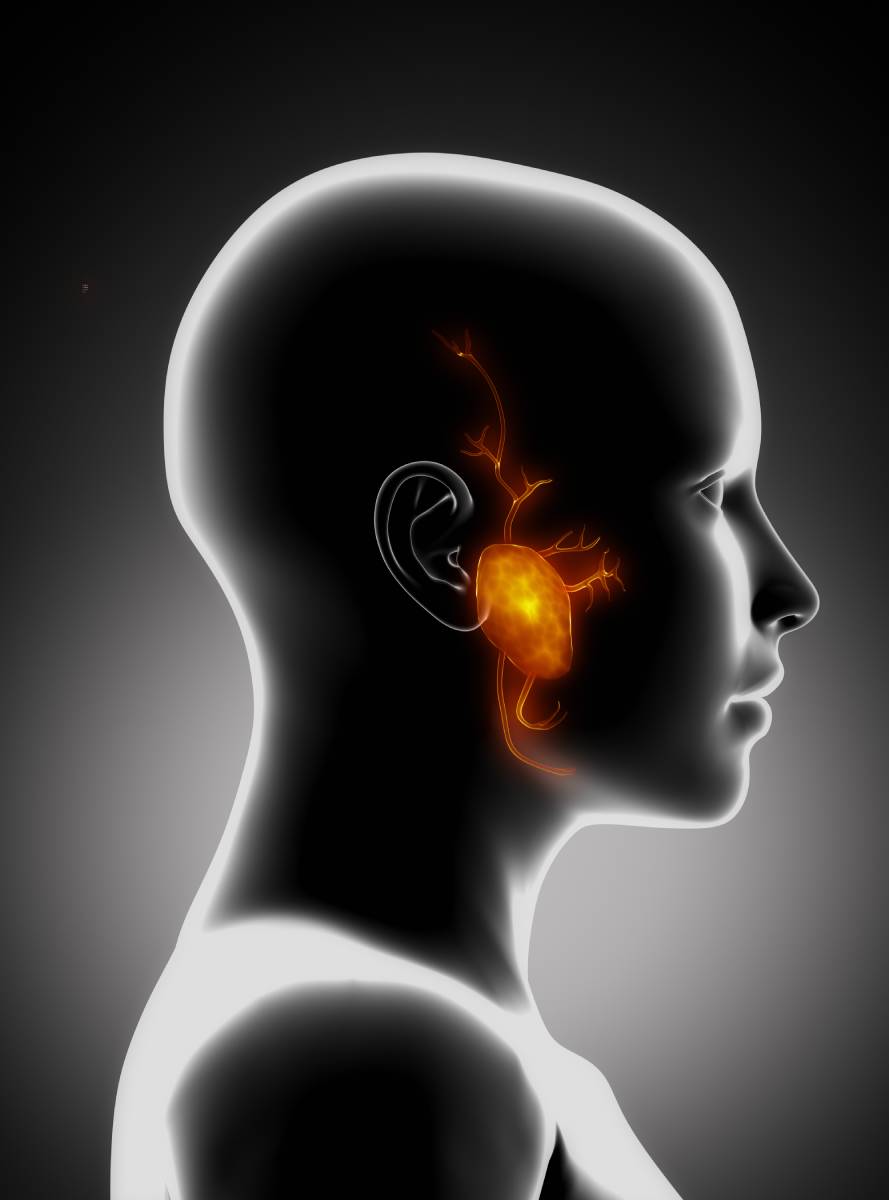Trigeminal neuralgia (TN) is a neurological condition associated with paroxysms of pain in the face [1, 2]. The pain is often short-lived, lasting anywhere from a few seconds in most cases to up to two minutes, but is very severe: patients describe it as similar to an “electric shock” [1]. This condition can negatively impact patients’ lives socially, psychologically, and physically, as it interferes with actions like eating, drinking, and talking [2]. TN is associated with depression, anxiety, poor sleep, and suicide [1, 2].
There are three types of trigeminal neuralgia: classical, secondary, and idiopathic [1]. Classical TN is the most common [1]. It occurs when an intracranial vessel, most commonly the superior cerebellar artery, compresses the trigeminal nerve root, which produces severe pain [1]. Secondary TN accounts for 15% of cases and occurs as a result of neurologic disease, most commonly multiple sclerosis or cerebellopontine tumors compressing the trigeminal nerves [1]. Lastly, the idiopathic type represents 10% of TN cases; its cause is unknown [1].
Clinical presentation of all three types of TN can be very similar, so imaging is often used to distinguish between them [1]. Magnetic resonance imaging (MRI) can be particularly helpful in eliminating secondary causes and establishing the source of neurovascular contact [2]. Another recommended method is a fusion of MRI with gadolinium and computed tomography angiography (CTA) [3]. This approach is particularly effective when diagnosing cases of trigeminal neuralgia precipitated by rare causes, such as pressure from the primitive trigeminal artery [3].
The first line of treatment for TN is typically a pharmacological regimen. Patients will often take anticonvulsant agents, such as carbamazepine (200-1200 mg daily) or oxcarbazepine (300-1800 mg daily), over the long-term [1]. Although carbamazepine and oxcarbazepine can result in a significant decrease or total disappearance of pain, this improvement can be mitigated by side effects, such as central nervous system depression or hyponatremia [1, 2]. In some cases, taking pregabalin, gabapentin, and/or antidepressant agents alongside carbamazepine or oxcarbazepine has proven helpful in managing side effects [1].
If anticonvulsant agents fail to produce significant reductions in pain or side effects become unmanageable, physicians may next turn to local surgical procedures. The most common class of surgical intervention involves damaging the trigeminal ganglion [1]. This can be accomplished through mechanical compression of the vessel through balloon inflation as well as radiofrequency thermocoagulation [1]. Another recent approach involves “generating a lesion of the trigeminal root with a gamma knife” [1]. While the third method requires 6 to 8 weeks to reduce patients’ pain, the other techniques can relieve pain almost instantly [1].
The most empirically effective means of pain reduction in patients with TN is microvascular decompression (MVD) [1, 2, 4]. It becomes a necessary form of treatment with patients who have proven unresponsive to medication [1]. During this procedure, neurosurgeons directly relieve nerve compression by separating the compressive artery from the nerve root [1, 5]. In a study of 87 TN patients, MVD was 92.3% effective at eliminating pain ten years after surgery [5]. Several other studies support these positive results [1, 2]. In patients suffering from the second type of TN, MVD may also help alleviate symptoms from multiple sclerosis [4].
Trigeminal neuralgia is an incredibly painful condition associated with a diminished quality of life. Given the different causes behind TN, it can be difficult to diagnose and approach. However, successful treatments have been developed in response to this condition, making the management of this disease more viable for physicians and patients alike.
References
[1] G. Cruccu, G. Di Stefano, and A. Truini, “Trigeminal Neuralgia,” The New England Journal of Medicine, vol. 383, no. 8, p. 754-762, Aug 2020. [Online]. Available: https://doi.org/10.1056/NEJMra1914484.
[2] L. Bendtsen et al., “Advances in diagnosis, classification, pathophysiology, and management of trigeminal neuralgia,” Lancet Neurology, vol. 19, no. 9, p. 784-796, Sept 2020. [Online]. Available: https://doi.org/10.1016/S1474-4422(20)30233-7.
[3] K. Sano et al., “Trigeminal Neuralgia Due to Compression of Primitive Trigeminal Artery Variant: Usefulness of Fusion Images of Constructive Interference in Steady-State Magnetic Resonance Imaging and Computed Tomography Angiography,” World Neurosurgery, vol. 138, no. 1, p. 257-260, Mar 2020. [Online]. Available: https://doi.org/10.1016/j.wneu.2020.02.168.
[4] D.L. Paulo et al., “Microvascular Decompression for Trigeminal Neuralgia in Patients with Multiple Sclerosis: Predictors of Treatment Success,” World Neurosurgery, vol. 136, no. 1, p. 165-170, Apr 2020. [Online]. Available: https://doi.org/10.1016/j.wneu.2019.12.081.
[5] M.-A. Louges et al., “Efficacy of microsurgical vascular decompression in trigeminal neuralgia,” European Annals of Otorhinolaryngology, vol. 137, no. 4, p. 285-289, Sept 2020. [Online]. Available: https://doi.org/10.1016/j.anorl.2019.09.008.
